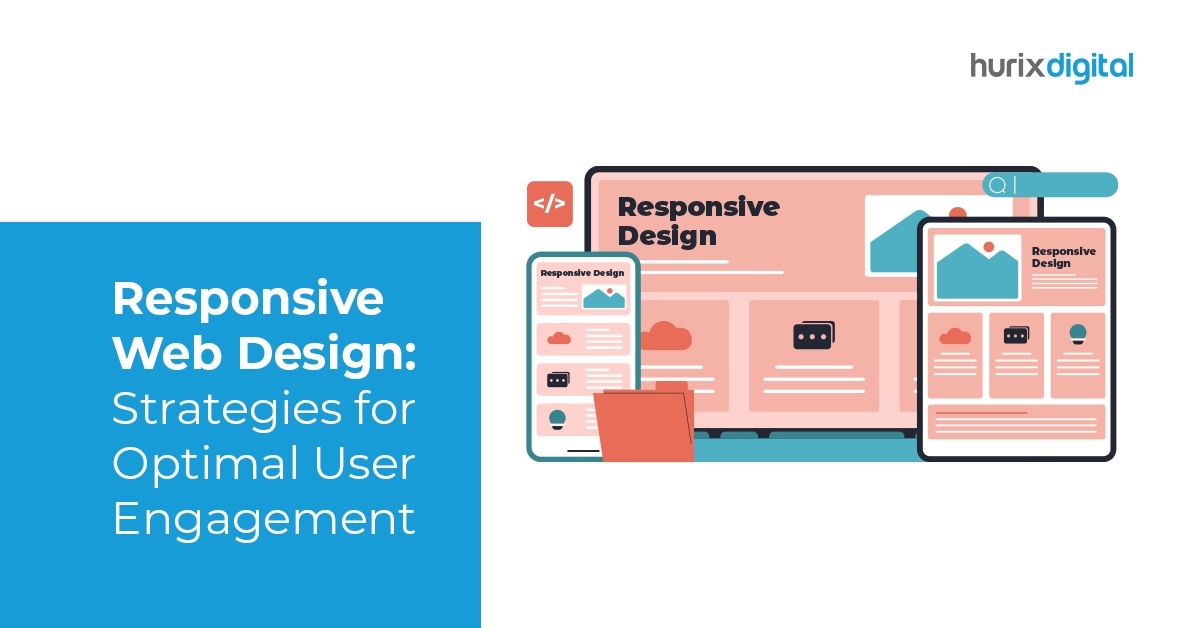
DevOps Practices in Website Development: Collaboration Between Development and Operations Teams
Summary
Discover how DevOps practices can enhance website development. This blog emphasizes the importance of collaboration between development and operations teams.
We are truly living in the era of digitization, as every business and industry is now adopting an online approach to help reach its target customers among the 5.35 billion internet users. Thus, it is no wonder the internet landscape is brimming with activity. We now have around 1.09 billion websites, with 252,000 new websites being created every day.
As the competition increases, businesses need to adopt new features and trends to help their websites stand out from the rest. This includes embracing responsive design elements and adopting modern infrastructure to ensure the website runs smoothly and can be updated faster.
In the traditional approach, development (Dev) and operations (Ops) teams often worked in isolation, leading to slow development cycles, communication gaps, and errors in the final website.
With DevOps, you can bridge the gap between Dev and Ops, thereby fostering smoother website development, faster delivery, and more robust websites. Let us discover how implementing DevOps practices for your websites can help you stand out in this competitive space.
Table of Contents:
- What is the Impact of DevOps on Website Development?
- Key DevOps Practices for Website Development
- Benefits of DevOps for Website Development
- Conclusion
What is the Impact of DevOps on Website Development?
If you are to look at the key website development trends in 2024, you will notice that the use of disruptive technologies has increased significantly. This is because businesses can no longer afford to work with the same pace and approach as they used to and need to build websites a lot more quickly, with efficient optimizations to improve page speed, fine-tune layout, and take care of post-deployment activities like content updates, SEO, and more.
This need for faster and more efficient processes is why DevOps is being adopted in website development. DevOps dismantles teams working in silos and uses agile methodologies to get things done. It means the development and operations teams work together as a single unit, fostering a shared understanding of the project goals and challenges.
Since each team now works on their role, development teams gain a deeper understanding of operational needs, making it easier to deploy and maintain code. Ops teams, in turn, gain insights into development processes, allowing for better infrastructure provisioning and resource allocation.
Thus, both teams share ownership of the website’s performance. It fosters a more proactive approach to problem-solving and quicker identification of potential issues, helping minimize downtime and ensuring a smooth user experience.
Also Read: Top 9 Benefits of Automation Testing
Key DevOps Practices for Website Development
In the traditional website development cycle, the process followed was something like this:
- Information gathering and planning for the website
- Creation of wireframe and sitemap as per the requirement
- Designing layout as per the sitemap
- Development and back-end processes
- Testing, Review, and Updates
- Website launch
- Content updates and continuous updates
This process worked wonders in an age where websites were built once and needed only minimal updates. However, with high-quality websites, the overall design and elements keep changing as per the trends and requirements of the market.
Thus, DevOps practices utilize a more streamlined approach to website development, where updating, development, and deployment happen side-by-side. These DevOps practices include:
1. Continuous Integration (CI)
Instead of waiting for the entire website to go live and then do testing, developers push their code to a central repository and trigger a series of automated tests. These tests can identify bugs and errors early in the development process, preventing them from creeping into production. This process is called Continuous Integration (CI).
CI helps you gain several benefits, such as:
- Early detection of bugs and errors
- Immediate feedback to code, allowing developers to iterate and improve quickly
- Improved code quality and usability
2. Continuous Delivery/Deployment (CD)
Taking CI a step further, continuous delivery (CD) automates the entire deployment process. Once code passes all CI tests, it’s automatically packaged and deployed to a staging environment. It allows for thorough testing before pushing updates to the live website.
Here’s how CD benefits website development:
- CD eliminates the need for manual deployment, freeing up developer time for more strategic work
- Reduced risk of errors
- CD allows you to push updates to your website faster, keeping your content fresh and users engaged.
3. Infrastructure as Code (IaC)
In parallel, website managers can work on the website’s infrastructure (servers, databases) using Infrastructure as Code (IaC). This allows them to manually configure servers, which can be version-controlled, shared, and reused, ensuring consistency and repeatability across different environments.
4. Automation Tools
DevOps is all about efficiency, and automation tools play a crucial role in achieving this. These tools automate repetitive tasks throughout the website development lifecycle, freeing up developers to focus on more strategic work. Some of these tools include:
- Testing Tools: Manual testing can be time-consuming and error-prone. Automation testing tools, like Selenium or Cypress, can run a suite of tests automatically, ensuring comprehensive coverage and faster feedback.
- Configuration Management Tools: Tools like Ansible or Puppet automate the configuration of servers, databases, and other infrastructure components. This ensures consistency across environments and simplifies infrastructure management.
- Deployment Tools: Deployment tools like Jenkins or GitLab CI/CD automate the deployment process, eliminating manual steps and minimizing the risk of errors.
- Monitoring Tools: It is crucial to monitor website performance. Monitoring tools like Prometheus or Grafana provide real-time insights into website health and performance, allowing for proactive problem identification and resolution.
Benefits of DevOps for Website Development
Using DevOps for website development processes has helped businesses take the traditional approach of creating websites to the next level. It has many benefits, such as:
- Enhanced Collaboration: instead of teams working in silos, the DevOps approach helps improve communication and enables a cohesive effort.
- Faster Delivery: Streamlined workflows and automated processes mean your website gets launched quicker.
- Improved Quality: Continuous integration and testing ensure a higher standard of code quality and fewer bugs.
- Increased Scalability: IaC allows you to quickly scale your website infrastructure to meet growing demands.
- Reduced Costs: Automation and fewer errors lead to a more efficient use of resources, saving you money.
Also Read: Enterprise Cloud Migration for Edtech: Expectations vs. Reality
Conclusion
DevOps has made a significant impact in the software development space, where teams can work together in an agile environment, ensuring collaboration and faster development cycles. The same principles can be used for website development, allowing multiple teams to collaborate and build a robust, inclusive, and accessible website.
Hurix Digital is your one-stop shop for all things DevOps and website development. Our team of experts leverages the latest DevOps practices and tools to deliver exceptional results.
Ready to experience the DevOps difference? Contact Hurix Digital today, and let’s discuss how we can turn your website vision into a reality!

Vice President & SBU Head –
Delivery at Hurix Technology, based in Mumbai. With extensive experience leading delivery and technology teams, he excels at scaling operations, optimizing workflows, and ensuring top-tier service quality. Ravi drives cross-functional collaboration to deliver robust digital learning solutions and client satisfaction








